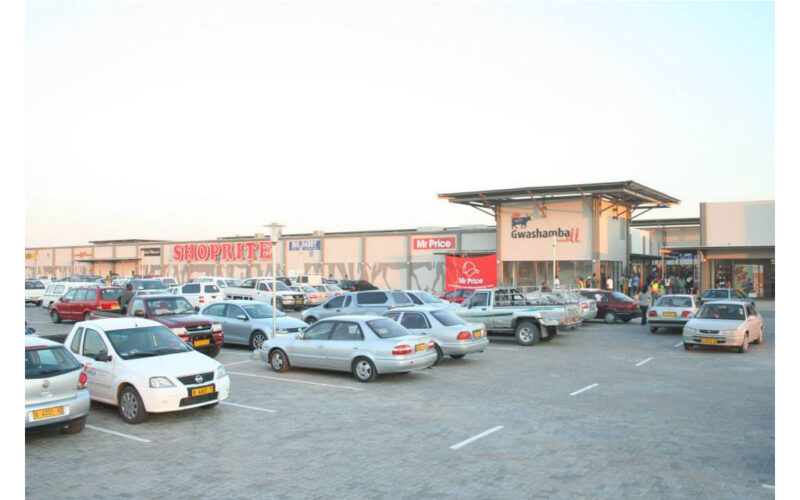Chamwe Kaira
Namibia Statistics Agency’s inflation data reveals that prices in the northern regions of the country were higher in August compared to the rest of the nation. Specifically, Zone 1, encompassing regions such as Kavango East, Kavango West, Kunene, Ohangwena, Omusati, Oshana, Oshikoto, Otjozondjupa, and Zambezi. Zone 1 experienced a year-on-year inflation rate of 5.3 percent in August this year, which was the highest of the three zones. This is despite that inflation was down from 6.8 percent in August 2022.
This decline in the annual inflation rate was primarily due to decreases in the prices of transportation (from 21.9% to -1.4%), hotels, cafes, and restaurants (from 7.2% to 1.3%), and clothing and footwear (from 3.7% to 2.2%). On a monthly basis, inflation in Zone 1 increased by 1.0 percent, up from 0.2 percent the previous month. The data was collected from various towns, including Katima Mulilo, Oshakati, and Otjiwarongo.
In the Khomas Region, classified as Zone 2, inflation stood at 4.5 percent in August, a decrease from 7.9 percent in the same period of 2022. This decline was primarily driven by lower prices in transportation (from 22.9% to -2.3%), furnishing, household equipment, and routine home maintenance (from 16.0% to 7.1%), alcoholic beverages and tobacco (from 5.5% to 3.5%), hotels, cafes, and restaurants (from 11.4% to 10.9%), and housing, water, electricity, gas, and other fuels (from 3.7% to 2.5%). Zone 2 covers the Khomas region, with price data collected from various outlets in Windhoek.
In Zone 3, comprising the //Kharas, Erongo, Hardap, and Omaheke regions, inflation stood at 4.0 percent in August, down from 7.2 percent in the same period last year. The decrease in the annual inflation rate was mainly attributed to a significant drop in transportation prices (from 25.8% to -3.4%). Zone 3 covers the expenditure patterns of these regions, with price data collected from towns such as Keetmanshoop, Swakopmund, Mariental, and Gobabis.
Overall, the data indicates varying inflation rates in different regions, with the northern regions experiencing higher inflation in August, while other areas saw lower inflation due to specific factors influencing price levels in each region.




